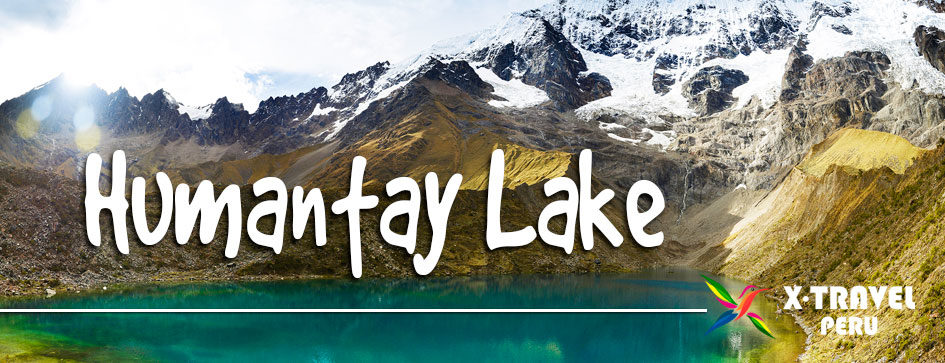HUMANTAY LAKE
LOCATION
The Humantay lake is located in the department of Cusco in the province of Anta of the district of Mollepata. The lake is in the foothills of the Humantay snow-capped mountain or also called the “Apu Humantay” and at the other end is the great snow-capped mountain of Salkantay, it is located north-west of the city of Cusco, it is one of the most beautiful natural attractions, because it presents an originality of turquoise color and is respected by the inhabitants of Mollepata, since it is an inexhaustible source of water for agriculture and livestock of the district of Mollepata. Humantay lake is at the coordinates Longitude: 72 ° 37’2.43 “W, Latitude: 13 ° 24’41.72” S.
Altitudes:
- Humantay Lake; 4,180 masl (13,779 ft)
- Snow-capped mountain of Humantay; 5,329 masl (17,484 ft)
- Snow-capped mountain of Salkantay; 6,271 masl (20,574 ft)
Arrival at Humantay Lake from Cusco
To get to this beautiful Turquoise Humantay Lake from the City of Cusco on our tour the following route is made:
Cusco – Mollepata: In this route, we will go to the northwest of the Cusco city, to the town of Mollepata, this journey in mobility is 3 hours approximately, with a totally paved road passing through the valley and town of Limatambo.
Mollepata – Soraypampa: in Mollepata you can have breakfast. This road is a motorized or non-motorized (dirt road) to the high jungle of Cusco, this trip lasts 1 hour by car.
Soraypampa – Humantay Lake: already starting the trek from Soraypampa one can make the journey in 45 minutes until 1 hour and 30min according to their physical capacity.
Distance to reach Humantay Lake
We will start the walk in the town of Soraypampa, from this point to the Humantay lake is a distance of 2.25 km away, the average time to get there is 45min for expert walkers 1 hour and 20min for beginner’s walkers.
At the edge of the Humantay lake, you can see stone towers built by visitors, these are called “Apachetas” and are a symbol of respect for the lake and the Apus of the area that are considered as living sacred beings, where the offerings are also made with the sacred coca leaf called the “Quintu” three leaves of coca that represents the Andean trilogy, the “Hananpacha” (the world of above or the sky), the “Qaypacha” (the world in which we live) and the “Ukhupacha” (The world of down or the dead). Also asking for permission and invoking the Pachamama (mother earth) to take care of the people who visit them.
The Meaning of Humantay and Salkantay
Humantay; means “The Head of the Gods” this is said to be in the head of the slopes of the high forest.
Salkantay; It means Untamed “Wild Mountain”.
Difficulty of the Humantay lake route
The difficulty is moderate because you walk 2 km. for 1 and a half hour, but people with good physical condition will be 45 minutes. “Everything is in the mind”, but it is worth to enjoy the natural landscape and the beautiful turquoise lake.
The Turquoise Coloration of the Humantay Lake
The Turquoise Color; of the Humantay lake, it is due to the crystallinity of the water and the green microalgae, possibly of the species Microcystis aeruginosa and Oscillatoria, and to the reflection of the blue sky plus the radiation of the sun, this would be the factor of said coloration to this beautiful lake
MEANING OF THE PEOPLE OF MOLLEPATA
The word “Mollepata” comes from two Quechua voices: “molle”, name of a tree, and “pata” means eminence, height. Etymologically, Mollepata means, predominant part populated with molles, Molle that comes to make the name of a tree with a twisted and cracked stem, small and evergreen leaves, and greenish flowers and hanging clusters of reddish fruits, this tree abounded in the place.
INCA TRAIL BY MOLLEPATA
The Inca royal road begins, in this village of Mollepata to reach Machu Picchu was an Inca road that linked the Chinchansuyo with the Antisuyo, this means, then between the mountains and the high jungle, which was a path of importance for the exchange of products, in the 20th century. It was also used by merchant carriers, who transported from the highlands to the high jungle using the mules as cargo, the products they transported from the highlands are (corn, potatoes, quinoa and others) and from the high jungle they returned with products such as (coca, cane, fruits, mandioca and others). Passing through places such as Salkantay pass at an altitude of 4,570 masl. Then, making a descent to the valley of the jungle with a warm climate.



Leave a Reply